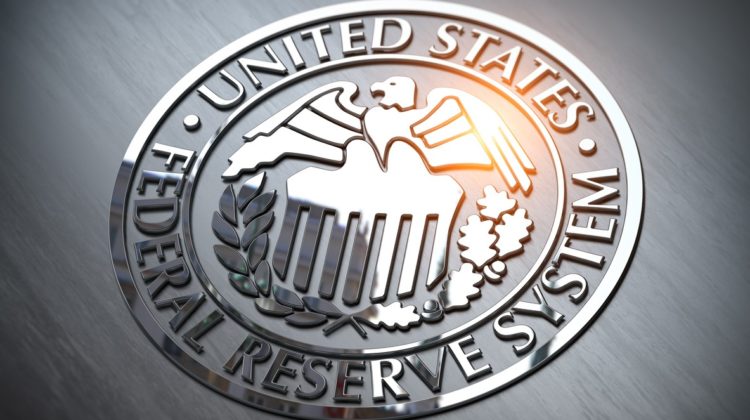
For the past month, investors have been obsessing over the “Fed Pivot.”
It’s an idea that the Fed will shift from tightening interest rates (“hawkish”). For a while, investors thought the Fed might pause or even cut interest rates in the not-too-distant future.
This possible shift became known as the “Fed Pivot” — and made the rounds between news headlines, talk shows, and plenty of investment research papers.
Last Friday, Jerome Powell shattered the idea of a Fed pivot, making it clear that interest rates would keep rising.
This triggered a sharp selloff for the stock market. It also served as a warning for investors:
We’re still in a bear market. And defense is key.
However, even though the original “Fed Pivot” didn’t occur, there’s another shift at the Fed that you need to be aware of.
The Fed Pivots on Inflation
Earlier this summer, investors were trying to understand the future path for interest rates.
Interest rates are important to stock investors because they help determine a “fair value” for stock prices. More on that from my recent LinkedIn post here.
Jerome Powell had made it very clear that he was watching energy prices closely. Specifically, the price of gasoline (because it’s an important expense for middle class families).
Powell implied that if gasoline prices pulled back, the Fed could take it easy with interest rates.
And sure enough, gasoline prices fell significantly below peak levels.
The pullback was so big that President Biden even told America that we had zero inflation. (A political stunt that most Americans can clearly see through.)
Still, with gasoline prices easing throughout the summer investors began to look forward to lower inflation. More importantly, they expected the Fed to pivot and raise interest rates more slowly.
Jerome Powell pivoted alright.
But instead of changing policy, Powell changed the goalpost for what inflation the Fed would target.
Specifically, the Fed is moving away from looking at energy prices. Instead, it’s now focusing on the job market.
Talk about mixed messages!
The Job Market Now Takes Center Stage
Today, the Fed is taking its cues from the U.S. job market.
And the mother-of-all job reports will be issued tomorrow morning… It’s a classic “good news is bad news” situation.
Investors are hoping for a weak number when the August jobs report hits the wires tomorrow morning (Friday).
That’s because a strong job market will drive inflation higher. That’s because more employees with bigger paychecks will drive demand for goods and services higher.
At the same time, if businesses keep competing with each other for limited employees, wages will continue to surge. (Again, this leads to more demand which naturally pushes prices higher).
On the other hand, if the August jobs report is weak, that’s good news for inflation. It’s also good news for the stock market.
That’s because a weaker jobs report would tell the Fed that the economy IS slowing. Which in turn would help inflation to pull back.
Investors could buy stocks more confidently. Because if inflation is easing, the Fed won’t have to raise interest rates as high. And that won’t put as much pressure on stock prices.
Bottom line, the Fed DID pivot — shifting its attention from energy prices to employment.
Now, we need to watch the job market carefully. (Strength is bad, weakness is good.)
Protecting your capital is still the highest priority as we work our way through this bear market.
Be careful!
Here’s to growing and protecting your wealth,
Zach
P.S. If you want to see how I’m investing my family’s money, take a risk-free trial of my Accelerated Income Model.
